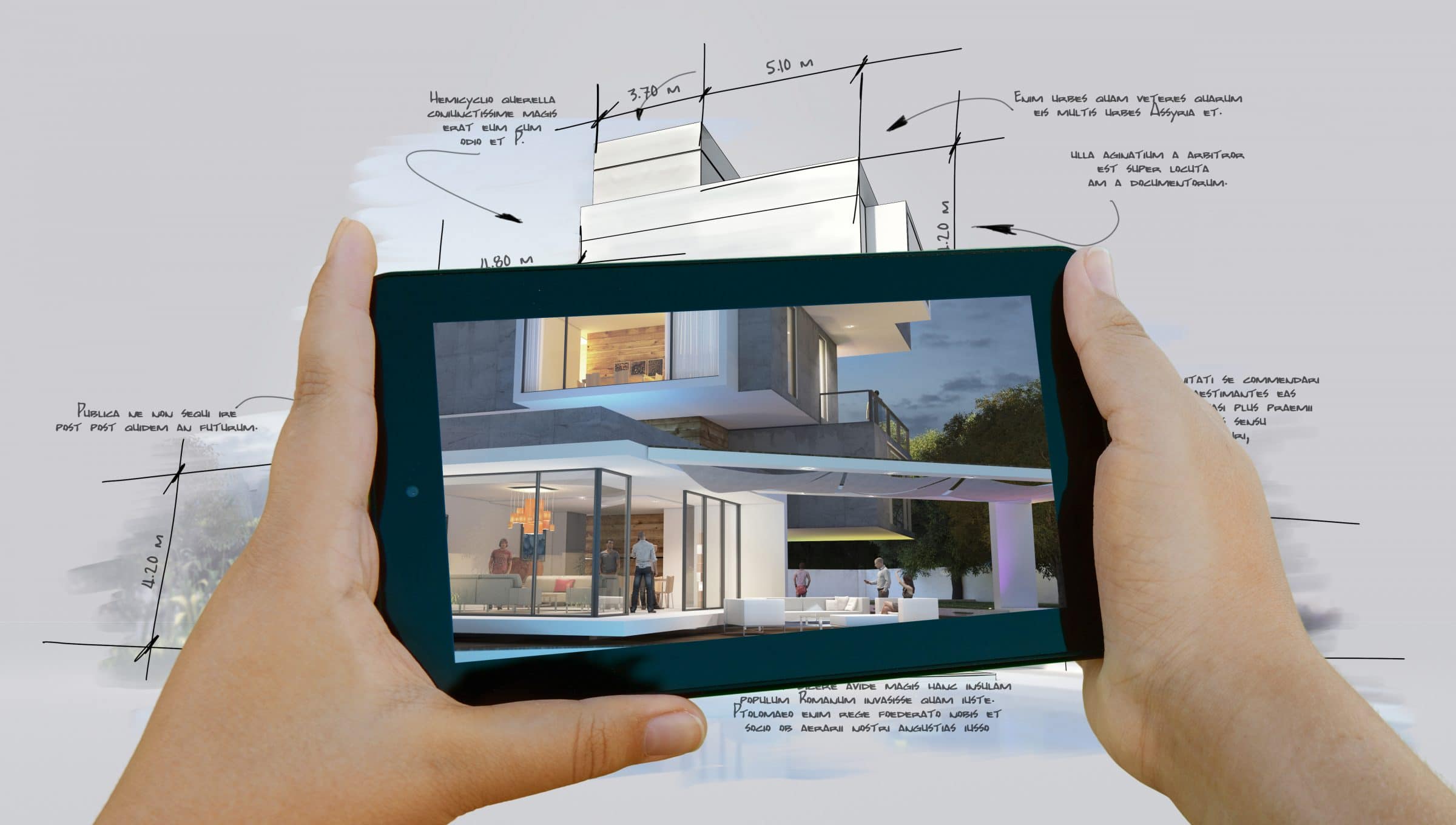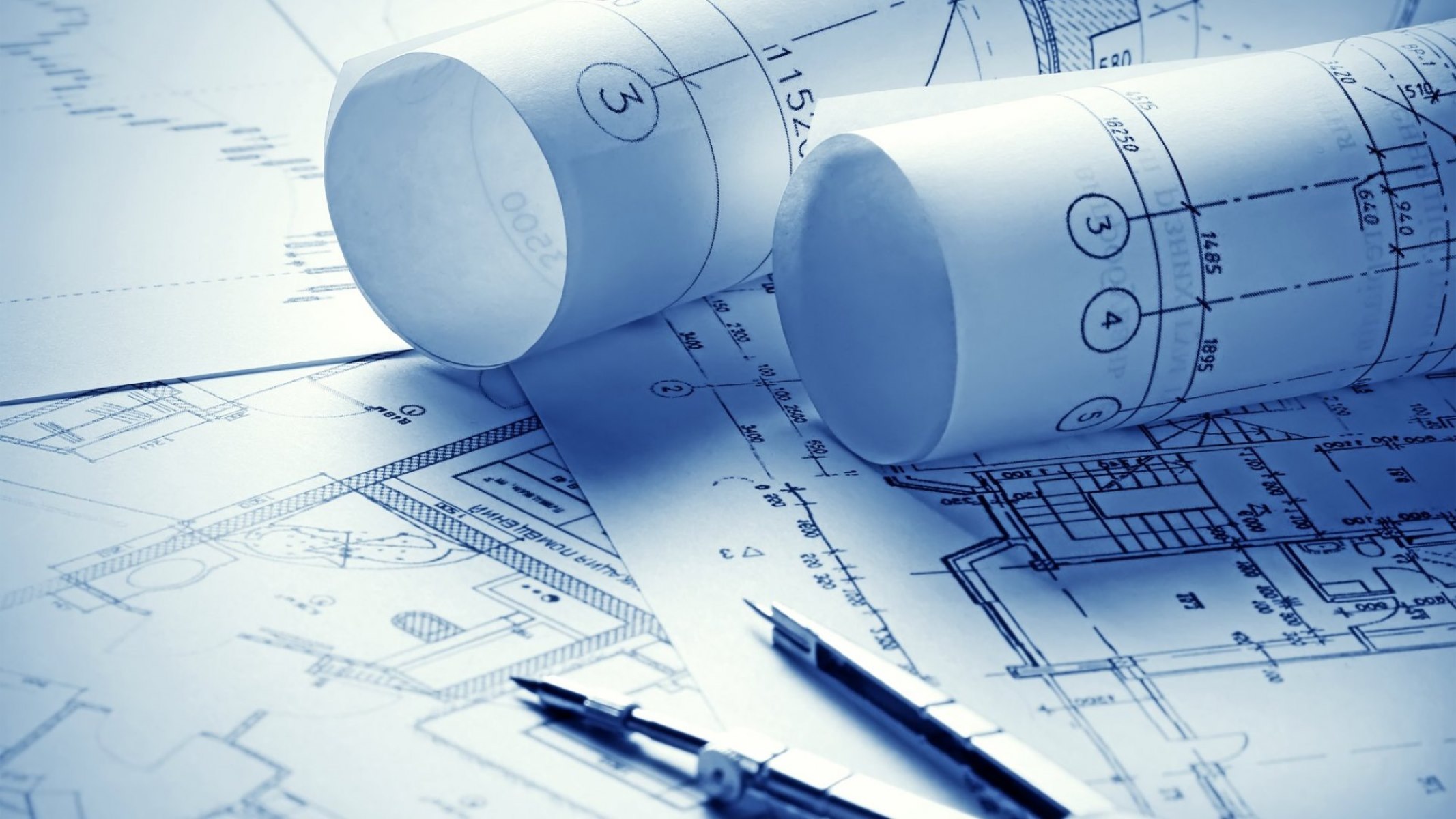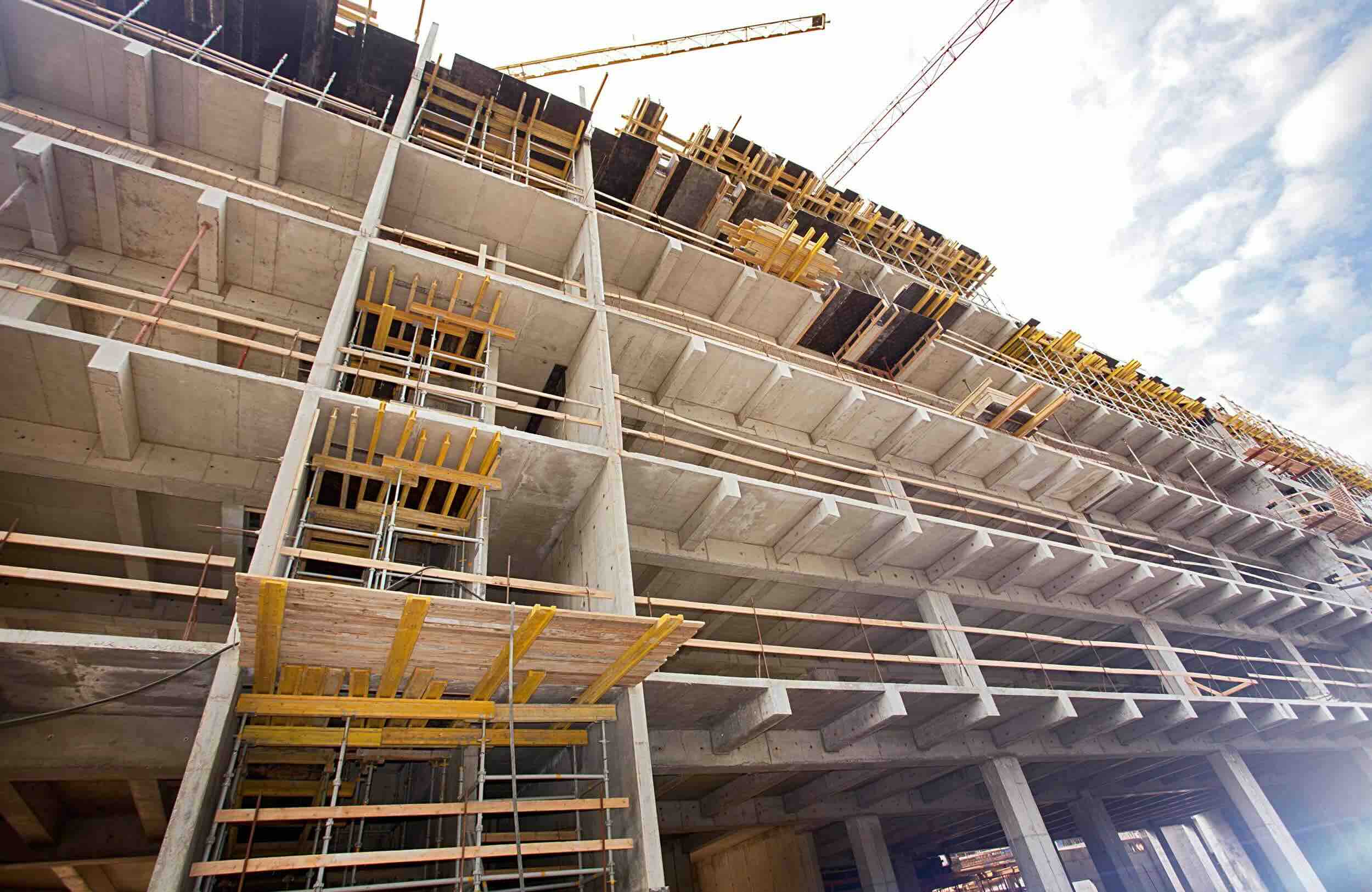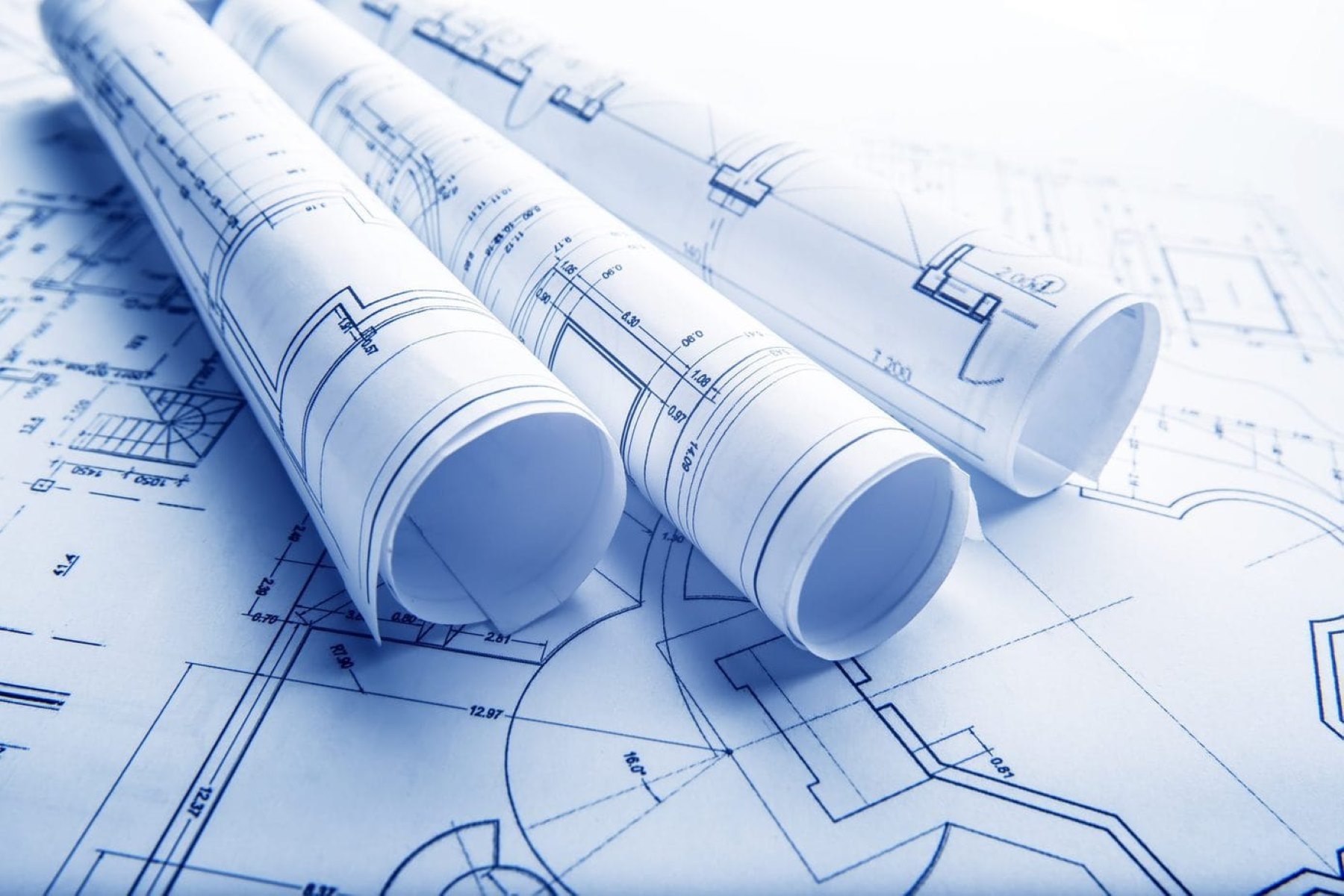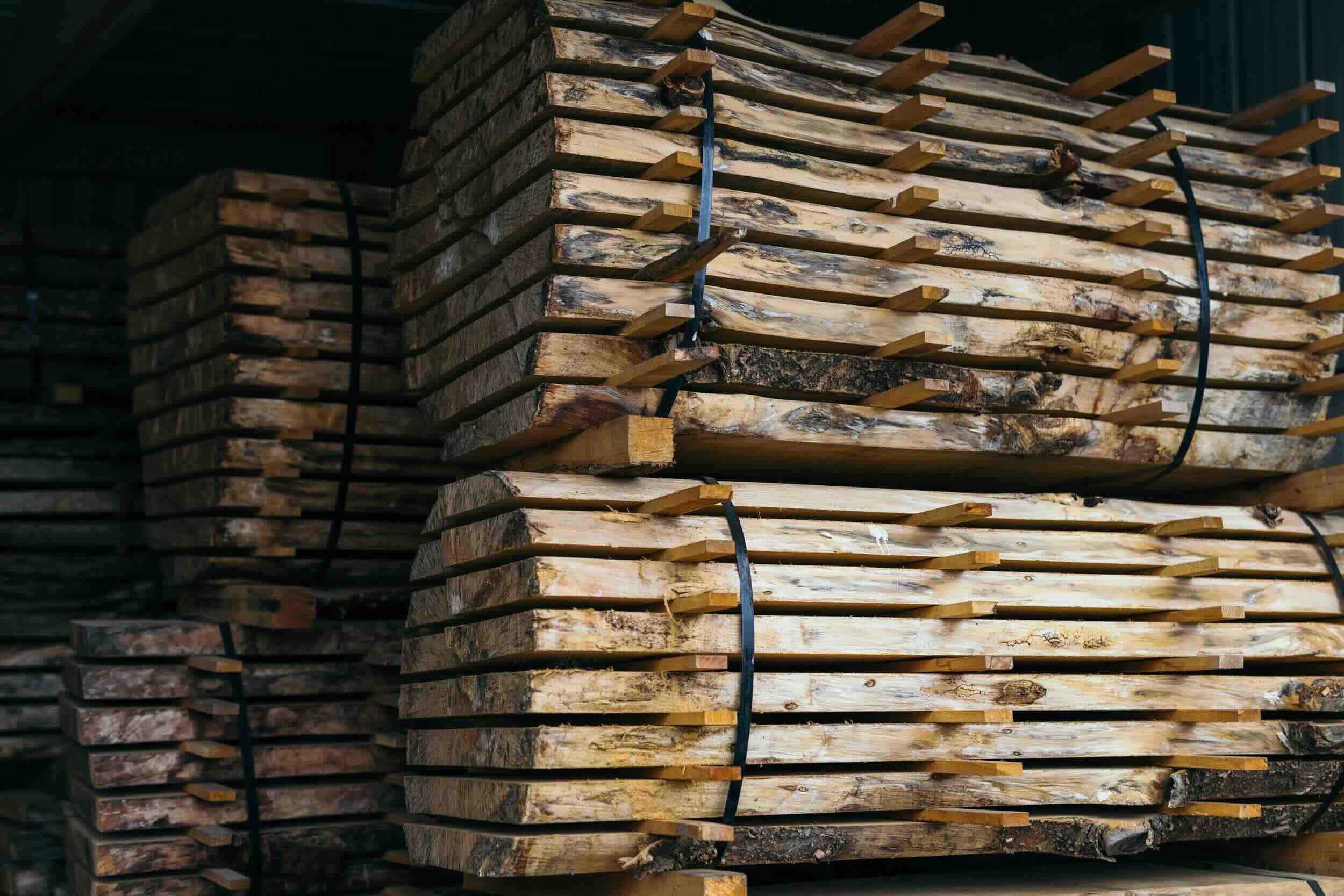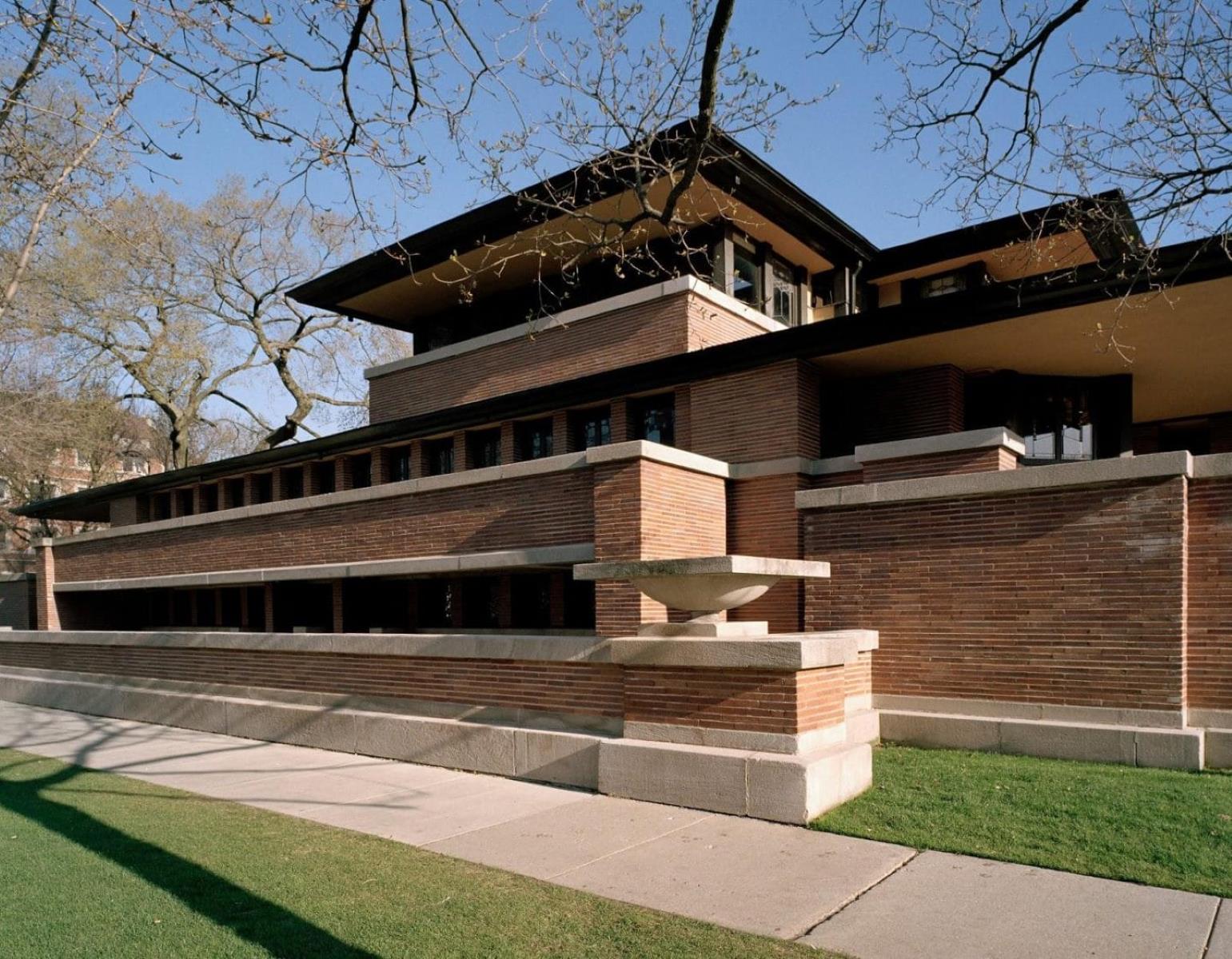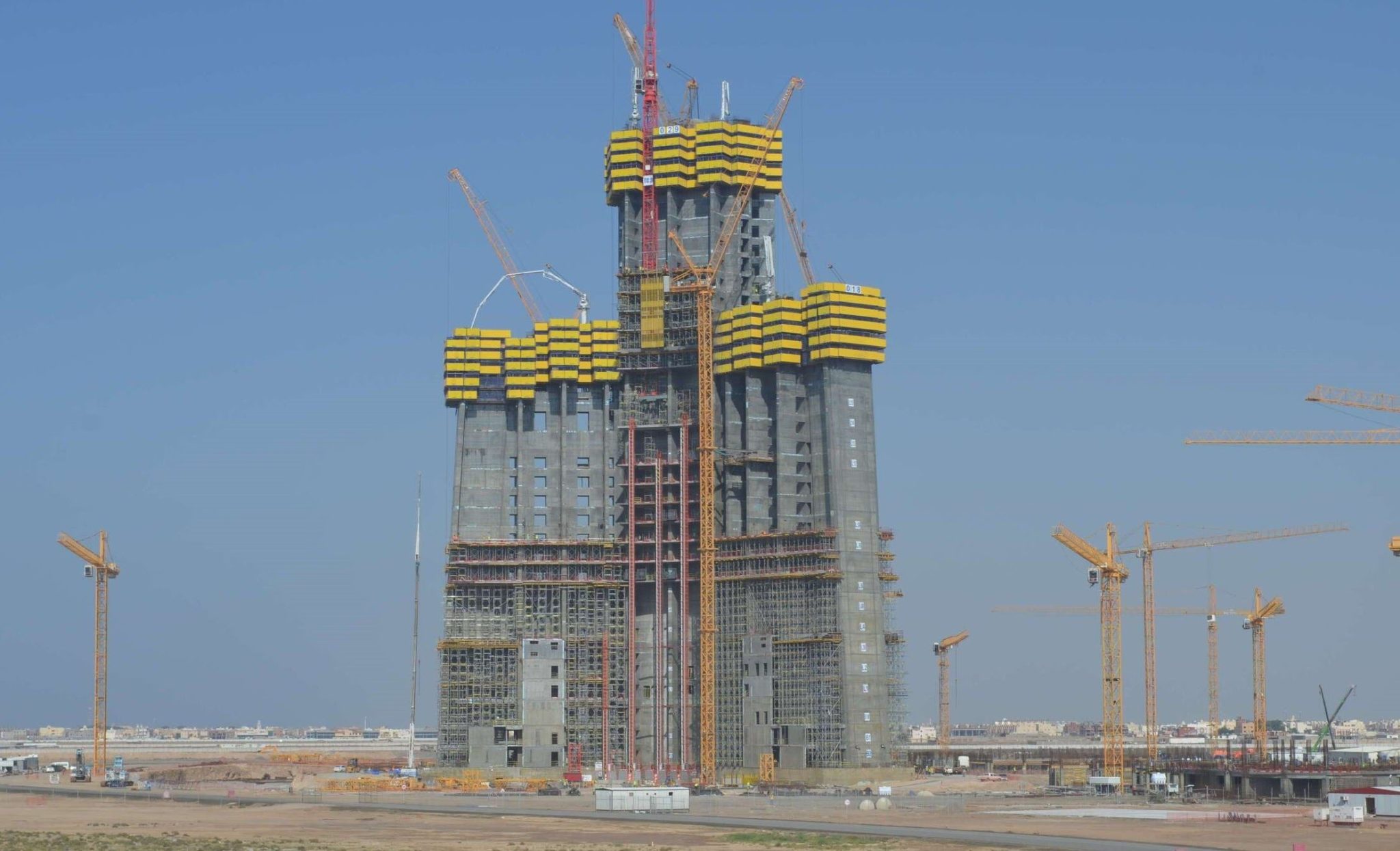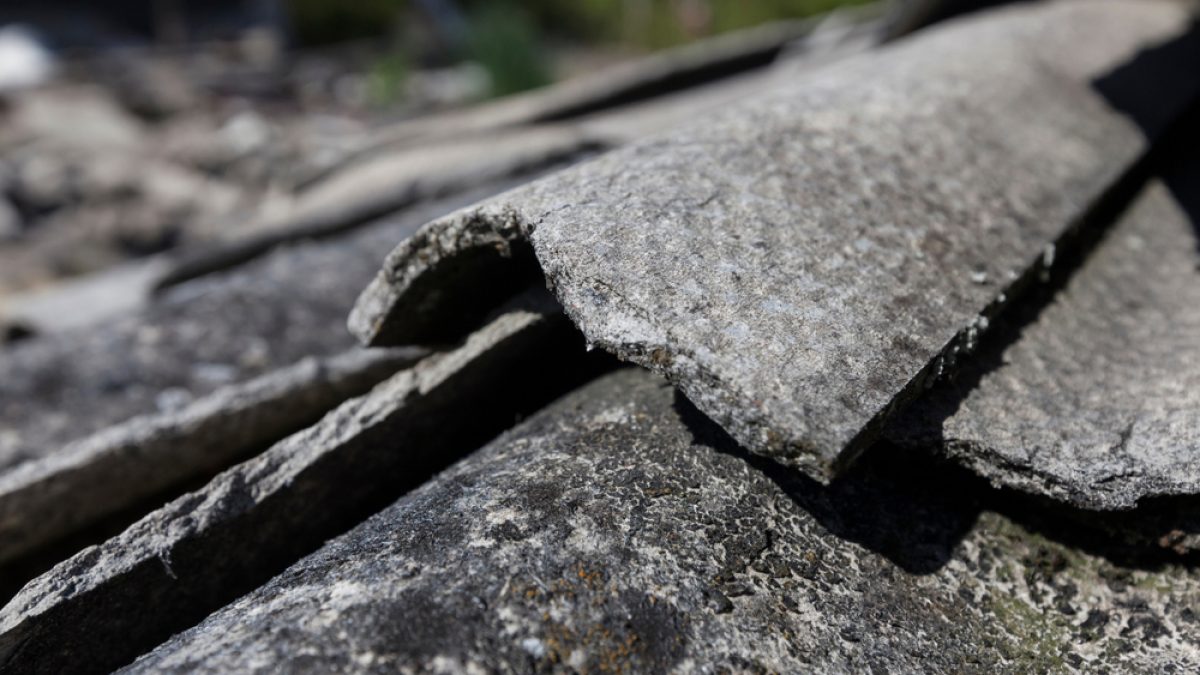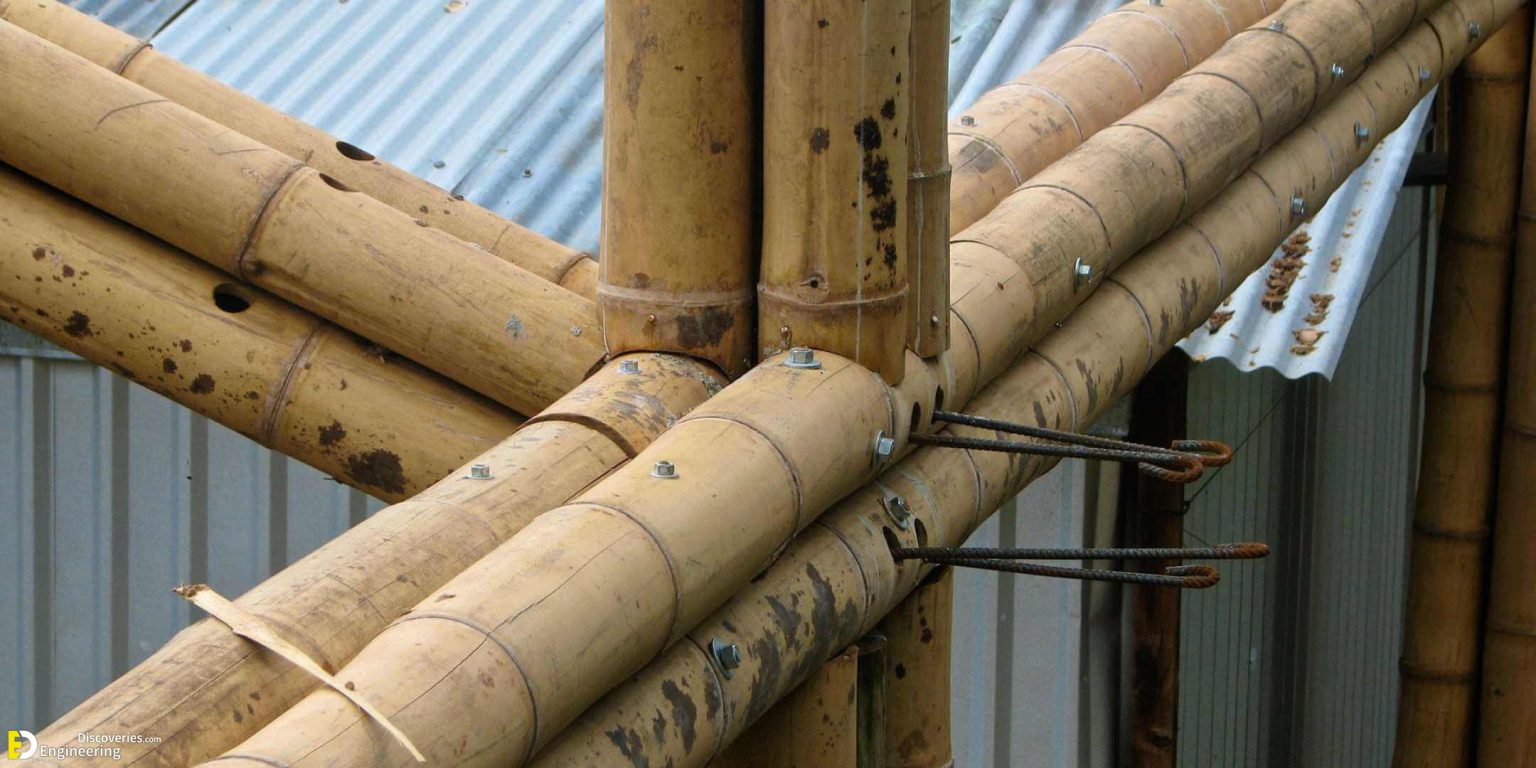Home>diy>Architecture & Design>Why Is Lloyd Wright An Iconic Architectural Designer
Architecture & Design
Why Is Lloyd Wright An Iconic Architectural Designer
Modified: August 27, 2024
Discover the architectural genius of Lloyd Wright and his innovative design elements incorporated in the house. Explore the various aspects of architecture design implemented by this renowned architect.
(Many of the links in this article redirect to a specific reviewed product. Your purchase of these products through affiliate links helps to generate commission for Storables.com, at no extra cost. Learn more)
Introduction
When it comes to iconic architecture, few names are as revered as Lloyd Wright. As the son of renowned architect Frank Lloyd Wright, Lloyd Wright carved his own path in the world of design, leaving behind a remarkable legacy of architectural masterpieces. His unique style and innovative approach to architecture have left a lasting impact on the architectural world.
Lloyd Wright’s designs exhibit a harmonious blend of functionality, aesthetics, and a deep respect for the natural environment. His architectural philosophy was rooted in the belief that a house should not only serve as a shelter, but also as a sanctuary that seamlessly integrates with its surroundings.
In this article, we delve into the remarkable aspects of the house that Lloyd Wright designed, exploring both the exterior and interior design elements that make his work truly exceptional. From the integration of natural elements to the use of innovative materials, Lloyd Wright’s architectural vision continues to inspire and captivate.
Join us as we embark on a journey to discover the genius of Lloyd Wright and unravel the secrets behind his unparalleled architectural creations. Let’s explore the breath-taking beauty and careful craftsmanship that define the houses he designed, and gain a deeper appreciation for the unique blend of form and function that make them truly timeless.
Key Takeaways:
- Lloyd Wright’s architectural designs seamlessly blend with nature, using geometric shapes, natural materials, and expansive windows to create timeless and harmonious spaces that connect occupants with the environment.
- Lloyd Wright’s commitment to sustainability and energy efficiency is evident in his designs, incorporating passive design strategies, natural lighting, water conservation, and renewable energy systems to reduce environmental impact while providing comfort and functionality.
Read more: Style Icons: Rubelli
Background of Lloyd Wright’s Architectural Style
Lloyd Wright’s architectural style was heavily influenced by his father, Frank Lloyd Wright, who was a pioneer of organic architecture. Organic architecture emphasizes the integration of a building with its natural surroundings, creating a harmonious and symbiotic relationship between the built environment and nature. This philosophy shaped Lloyd Wright’s approach to design and his desire to create structures that seamlessly blend into their landscapes.
While his father’s influence was evident, Lloyd Wright also developed his own unique style that set him apart. He drew inspiration from various architectural movements, including the modernist and art deco styles, but always added his own twist to create something truly distinctive.
One of the defining characteristics of Lloyd Wright’s style was his use of geometric shapes and clean lines. He believed in simplicity and sought to create designs that were both functional and aesthetically pleasing. This minimalist approach allowed the beauty of the natural surroundings to take center stage while providing a timeless elegance to his creations.
In addition to his focus on geometry, Lloyd Wright was also known for his innovative use of materials. He pushed the boundaries of traditional building materials and techniques, incorporating new materials such as glass, steel, and concrete into his designs. This experimentation allowed him to create structures that were visually striking and structurally sound.
Another hallmark of Lloyd Wright’s style was his attention to detail. He believed that every aspect of a building, from the overall design down to the smallest fixture, should be carefully considered. This meticulous approach resulted in spaces that were not only visually stunning but also functional and optimized for the needs of their occupants.
Lloyd Wright’s architectural style was also characterized by his emphasis on sustainability and energy efficiency. Long before sustainable design became a mainstream concern, he integrated passive cooling and heating strategies, natural ventilation, and daylighting techniques into his designs. This commitment to sustainability and environmental stewardship has made his buildings not only aesthetically pleasing but also environmentally friendly.
Overall, Lloyd Wright’s architectural style combined elements of his father’s organic approach with his own unique vision. The result was a body of work that stands as a testament to his creative genius and his ability to seamlessly blend nature, functionality, and beauty. Whether it is the clean lines, innovative use of materials, or commitment to sustainable design, Lloyd Wright’s architectural style continues to inspire and influence architects and designers to this day.
Exterior Design Elements
Lloyd Wright’s exterior design elements were a testament to his ability to create structures that harmoniously merged with their natural surroundings while making a bold architectural statement. His attention to detail and craftsmanship is evident in every aspect of his exteriors, from the overall form and materials used to the intricate ornamentation.
One notable feature of Lloyd Wright’s exteriors is the incorporation of geometric shapes and clean lines. His designs often featured angular forms, asymmetrical compositions, and dynamic volumes that added drama and visual interest to the buildings. This geometric approach not only created a sense of unity and balance but also allowed the structures to blend seamlessly with the surrounding landscape.
Another key aspect of Lloyd Wright’s exterior design elements was his use of materials. He employed a wide range of materials, from traditional ones like brick and wood to more modern ones such as glass and concrete. His skillful use of these materials not only provided structural strength but also contributed to the overall aesthetic appeal of the buildings.
Lloyd Wright was also known for his attention to decorative details on the exterior of his buildings. Elaborate ornamentation, such as decorative carvings, patterned mosaics, and intricate metalwork, adorned many of his designs. These decorative elements added depth and texture to the exteriors, further enhancing the visual impact of the structures.
In addition to the form and materials, Lloyd Wright’s exteriors were often designed to create a seamless connection between the indoor and outdoor spaces. Large windows and expansive glass walls were a common feature in his designs, allowing natural light to flood the interiors and providing uninterrupted views of the surrounding landscape.
Furthermore, Lloyd Wright’s exterior design elements often included outdoor living spaces, such as terraces, balconies, and gardens. These outdoor areas were carefully integrated into the overall design, blurring the boundaries between the built environment and nature. They provided residents with the opportunity to enjoy the beauty of their surroundings while being enveloped in the architectural marvels designed by Lloyd Wright.
Overall, Lloyd Wright’s exterior design elements are a testament to his ability to create structures that not only stand out visually but also seamlessly merge with their natural surroundings. The careful consideration of form, materials, ornamentation, and the integration of outdoor spaces all contribute to the timeless beauty and functionality of his exteriors. Whether it’s a stunning geometric form or intricate decorative detailing, Lloyd Wright’s exterior designs continue to captivate and inspire architects and admirers alike.
Interior Design Elements
Lloyd Wright’s interior design elements were as masterfully executed as his exterior designs, showcasing his keen eye for detail and innovative approach to creating functional yet visually captivating spaces. From the layout and flow of the rooms to the choice of materials and fixtures, every aspect of the interior was carefully considered to enhance the overall living experience.
One prominent feature of Lloyd Wright’s interior designs was the seamless integration of the indoor and outdoor spaces. He sought to blur the boundaries between the interior and the surrounding natural environment, creating a sense of harmony and connection. This was achieved through the use of expansive windows, skylights, and strategically placed openings that allowed natural light to flood the interiors and provided breathtaking views of the outdoor landscape.
Lloyd Wright’s interiors also reflected his belief in simplicity and clean lines. He favored open floor plans and minimalistic layouts that promoted a sense of spaciousness and allowed for flexible use of the space. This minimalist approach allowed the natural materials and textures to take center stage, creating a serene and calming atmosphere.
The choice of materials in Lloyd Wright’s interiors was crucial in creating a harmonious balance between the built environment and nature. He often utilized natural materials such as wood, stone, and clay to bring a sense of warmth and organic beauty to the spaces. These materials were meticulously selected and crafted to showcase their natural textures and grains, adding depth and visual interest to the interiors.
In addition to the materials, Lloyd Wright paid great attention to the details and fixtures in his interior designs. His custom-made furniture and fixtures, often designed specifically for each project, added a touch of uniqueness and bespoke craftsmanship to the spaces. Every piece was meticulously crafted to not only be aesthetically pleasing but also functional and tailored to the needs of the occupants.
Lighting played a crucial role in Lloyd Wright’s interior designs, with an emphasis on natural light. He skillfully utilized skylights, light wells, and strategically placed windows to maximize the amount of natural light entering the space. This not only created a sense of openness and airiness but also enhanced the connection to the outdoors.
Overall, Lloyd Wright’s interior design elements were a harmonious blend of simplicity, natural materials, and attention to detail. His ability to seamlessly integrate the indoor and outdoor spaces, his focus on clean lines and minimalist layouts, and the use of natural materials and custom furnishings all contributed to the timeless elegance and livability of his interiors. Lloyd Wright’s interior designs continue to inspire and influence designers, as they showcase the art of creating spaces that are both visually stunning and functionally practical.
Integration of Natural Elements
One of the defining aspects of Lloyd Wright’s architectural designs was his seamless integration of natural elements into his creations. He believed in creating structures that not only respected their natural surroundings but also celebrated the beauty and serenity of the environment. Through his thoughtful approach, he incorporated various natural elements that enhanced the overall harmony and connection between the built environment and nature.
One way Lloyd Wright achieved the integration of natural elements was through the use of expansive windows. He strategically positioned windows to capture the surrounding views, maximizing the amount of natural light that could fill the interior spaces. These windows served as visual portals, creating a sense of openness and bringing the beauty of nature inside the buildings. Through the play of light and shadow, the interiors were constantly changing, reflecting the dynamic nature of the environment.
Another technique Lloyd Wright employed was the use of natural materials. He sought to incorporate materials that harmonized with the surrounding landscape, such as rough-cut stone, exposed wood beams, and earthy clay tiles. These materials not only provided durability and structural integrity but also added warmth and texture to the spaces. The use of natural materials helped to create a seamless transition between the indoor and outdoor environments, blurring the boundaries between the two.
In addition to materials, Lloyd Wright incorporated natural landscape features into his designs. He often designed his structures in harmony with the existing topography, utilizing the surrounding hills, valleys, and rock formations. This approach allowed the buildings to blend into the natural contours of the land, creating a sense of unity and minimizing the impact on the environment.
Lloyd Wright also considered the incorporation of vegetation into his designs. He understood the positive impact that plants and trees have on the overall ambiance and air quality. Greenery was carefully integrated into the architectural spaces, whether through interior atriums, rooftop gardens, or carefully landscaped courtyards. This integration not only enhanced the visual appeal but also promoted a sense of tranquility and well-being for the occupants.
Furthermore, Lloyd Wright embraced the concept of indoor-outdoor living. He designed outdoor spaces, such as terraces, patios, and gardens, that seamlessly transitioned from the interior, allowing residents to connect with nature and enjoy the outdoor environment. By blurring the distinction between the inside and outside, Lloyd Wright created a sense of harmony and invited the natural world to become an integral part of daily life.
The integration of natural elements in Lloyd Wright’s designs reflects his deep appreciation for the environment and his commitment to sustainable and holistic architecture. By incorporating elements such as expansive windows, natural materials, existing landscape features, and lush vegetation, he created spaces that not only respected and enhanced the natural environment but also provided a sense of serenity and connection to nature. Lloyd Wright’s designs are a testament to the belief that architecture can and should coexist harmoniously with the natural world.
Lloyd Wright designed the exterior and interior of the house, including the layout, materials, and decorative elements such as furniture and lighting fixtures.
Read more: Why Work In Construction
Custom Furniture and Fixtures
Lloyd Wright’s attention to detail extended beyond the architecture of his designs; he also embraced the concept of custom furniture and fixtures, creating pieces that were seamlessly integrated into the overall aesthetic and functionality of his spaces. By designing bespoke furniture and fixtures, he ensured that every element within the interior was carefully considered and tailored to the specific needs of each project.
Lloyd Wright believed that furniture should not simply be functional objects, but rather an extension of the architectural design. His custom furniture designs were not only visually stunning but also took into account ergonomics and the overall design language of the space. By creating custom pieces, he was able to perfectly complement the architectural elements while adding a unique touch of craftsmanship and beauty.
One of the key advantages of custom furniture was the ability to maximize the use of space. Lloyd Wright designed furniture that seamlessly blended with the architecture, utilizing every nook and cranny effectively. From built-in shelving and storage to integrated seating and cabinetry, each piece was designed to optimize the available space and provide optimal functionality.
In addition to the practical aspects, Lloyd Wright’s custom furniture and fixtures showcased his attention to detail and sensitivity to materials. He used natural materials, such as wood, stone, and metal, to create pieces that had a timeless appeal. The craftsmanship and quality of these custom-made pieces added a sense of elegance and sophistication to the interiors.
The custom fixtures designed by Lloyd Wright were an integral part of the overall aesthetic and functionality of his spaces. Lighting fixtures, for example, were not just utilitarian objects but also works of art. Whether it was a custom-designed pendant light or an intricately crafted sconce, each fixture added a touch of beauty and served as a focal point within the space.
Another notable aspect of Lloyd Wright’s custom fixtures was their ability to seamlessly integrate with the architectural elements. He designed fixtures, such as door handles, faucets, and hardware, that were not only functional but also visually appealing and in harmony with the overall design concept. These fixtures became part of the architectural composition, adding a cohesive and refined look to the space.
The use of custom furniture and fixtures in Lloyd Wright’s designs reflects his commitment to creating a holistic and immersive experience for the occupants. By designing every aspect of the interior, he ensured that every element worked together harmoniously to create a cohesive and visually stunning space. The custom furniture pieces and fixtures in his designs continue to be celebrated for their craftsmanship, attention to detail, and ability to enhance the overall aesthetic and functionality of the spaces he created.
Use of Innovative Materials
Lloyd Wright was renowned for his forward-thinking and innovative approach to architecture, and one area in which this is evident is his use of materials. He pushed the boundaries of traditional building materials and techniques, incorporating new and advanced materials into his designs. This experimentation with innovative materials allowed him to create structures that were not only visually striking but also structurally sound and technologically advanced.
One material that Lloyd Wright embraced was concrete. He utilized concrete in unique ways, exploring its potential for both structural integrity and artistic expression. From textured concrete blocks to innovative concrete forms, he demonstrated the versatility and beauty of this material. The use of concrete gave his buildings a distinctive look, characterized by clean lines and geometric shapes.
Another innovative material Lloyd Wright utilized was glass. He recognized the transformative power of glass in architecture, using it to create walls of windows that blurred the boundaries between the interior and exterior spaces. His extensive use of glass allowed natural light to flood the interiors, enhancing the sense of openness and connection to the surrounding environment. Additionally, glass added a modern and sleek aesthetic to his designs.
In his pursuit of sustainable design, Lloyd Wright also explored the use of recycled and eco-friendly materials. He sought to incorporate materials that had minimal environmental impact, such as reclaimed wood, recycled metal, and non-toxic finishes. By choosing these materials, he demonstrated his commitment to responsible architecture and reducing the ecological footprint of his designs.
Lloyd Wright also embraced the use of innovative structural systems. He employed steel beams and columns to create expansive open spaces and cantilevered structures, allowing for greater flexibility in design and maximizing usable space. These structural innovations not only added aesthetic appeal but also provided strength and stability to his buildings.
In addition to structural materials, Lloyd Wright incorporated innovative finishes and coatings into his designs. He experimented with the application of textured finishes, innovative paints, and decorative techniques to add depth and visual interest to the surfaces of his buildings. These finishes not only enhanced the overall aesthetic but also contributed to the longevity and durability of the structures.
Furthermore, Lloyd Wright was known for his interest in prefabrication and modular construction techniques. He saw the potential in these methods for increased efficiency and reduced construction time. By utilizing prefab elements and modular construction, he was able to create structures that were not only faster to build but also maintained his high standards of design and quality.
The use of innovative materials in Lloyd Wright’s designs reflects his willingness to push boundaries and explore new possibilities in architecture. His use of concrete, glass, recycled materials, and structural innovations showcased his forward-thinking approach and commitment to creating buildings that were cutting-edge in both design and construction. Lloyd Wright’s use of innovative materials not only brought a fresh and modern aesthetic to his designs but also set the stage for the future of architectural innovation.
Sustainability and Energy-Efficient Features
Lloyd Wright was not only a visionary architect but also an advocate for sustainable design. Long before sustainability became a mainstream concern, he incorporated energy-efficient and environmentally conscious features into his designs. His commitment to sustainability extended to both the construction process and the ongoing operational life of the buildings he created.
One of the key aspects of Lloyd Wright’s sustainable designs was his focus on passive design strategies. He understood the importance of harnessing the natural elements to reduce energy consumption. To maximize natural ventilation, he strategically placed windows and used features such as clerestory windows to facilitate the flow of fresh air. His designs also included shading devices, such as overhangs and louvres, to minimize heat gain from the sun while allowing natural light to filter into the spaces.
Lloyd Wright also integrated natural lighting techniques into his designs. His buildings featured ample windows and skylights to make the most of natural daylight, reducing the need for artificial lighting during the day. This not only reduced energy consumption but also created a pleasant and uplifting atmosphere within the spaces.
In addition to passive design techniques, Lloyd Wright incorporated energy-efficient systems and technologies into his buildings. He utilized efficient heating, ventilation, and air conditioning (HVAC) systems that minimized energy waste and ensured optimal comfort for occupants. He also incorporated insulation and thermal barriers to reduce heat transfer and improve energy efficiency.
Water conservation was another important aspect of Lloyd Wright’s sustainable designs. He incorporated efficient plumbing fixtures and systems, such as low-flow toilets and faucets, to minimize water usage. He also incorporated rainwater harvesting and greywater recycling systems where feasible, allowing for the reuse of water for irrigation and non-potable purposes.
Furthermore, Lloyd Wright’s sustainable designs considered the use of renewable energy sources. He explored the incorporation of solar panels and passive solar design principles to harness the power of the sun for electricity generation and heating purposes. These renewable energy features reduced the reliance on fossil fuels and contributed to a cleaner and more sustainable energy footprint.
Lloyd Wright also demonstrated a commitment to utilizing sustainable and environmentally friendly materials in his designs. He sought out eco-friendly building materials, such as reclaimed wood and recycled metals, and prioritized materials with low environmental impact. By choosing these materials, he not only reduced the ecological footprint of his projects but also created buildings that were durable and long-lasting.
Overall, Lloyd Wright’s sustainability and energy-efficient features were a testament to his forward-thinking approach and his belief that architecture should be in harmony with the natural environment. His integration of passive design strategies, energy-efficient systems, water conservation measures, and renewable energy technologies showcased his dedication to creating buildings that not only reduced environmental impact but also provided a high standard of comfort and functionality. Lloyd Wright’s sustainable designs continue to inspire architects to prioritize sustainability, demonstrating that beautiful and sustainable design can go hand in hand.
Conclusion
Lloyd Wright’s architectural designs exemplify a remarkable fusion of artistry, functionality, and environmental consciousness. His visionary approach to design, integration of natural elements, and commitment to sustainability have left an indelible mark on the architectural world.
From the exterior to the interior, Lloyd Wright’s attention to detail and innovative use of materials create spaces that harmonize with their surroundings while making a bold and timeless architectural statement. His exterior design elements, characterized by geometric shapes, clean lines, and careful consideration of materials, seamlessly blend with the natural landscape.
Inside his buildings, the integration of natural elements, such as expansive windows, natural materials, and vegetation, invoke a sense of tranquility and connect occupants with the environment. Lloyd Wright’s interior design elements, defined by open floor plans, custom furniture, and fixtures, showcase his meticulous craftsmanship and attention to creating functional and visually captivating spaces.
Through his use of innovative materials and structural systems, Lloyd Wright pushed the boundaries of traditional construction and set the stage for architectural innovations to come. His incorporation of sustainable and energy-efficient features, such as passive design strategies, natural lighting, water conservation, and renewable energy systems, reflect his forward-thinking approach and commitment to reducing the environmental impact of his designs.
In conclusion, Lloyd Wright’s architectural legacy is one of beauty, innovation, and sustainability. His designs continue to inspire architects and captivate admirers around the world. Whether it is his seamless integration of natural elements or his meticulous attention to detail, Lloyd Wright’s architectural vision stands as a testament to the harmonious relationship between architecture and nature. His creations serve as a reminder that architecture has the power to not only provide shelter but also enrich our lives and nurture our connection to the world around us.
Frequently Asked Questions about Why Is Lloyd Wright An Iconic Architectural Designer
Was this page helpful?
At Storables.com, we guarantee accurate and reliable information. Our content, validated by Expert Board Contributors, is crafted following stringent Editorial Policies. We're committed to providing you with well-researched, expert-backed insights for all your informational needs.

